How New Flight Simulator Pilots Learning Real-World Flight Procedures for Startup, Taxi, and Takeoff. (Pt-4)
If you’re like many Flight Simulator Pilots learning to fly we want to make it as realistic as possible. Taking the extra time using a flight simulator to practice real-world aviation procedures can greatly enhance the experience when you replicate the steps accurately to build foundational skills.
This guide walks you through startup, taxi, engine run-up, and takeoff procedures for a small aircraft like the Cessna 172 or Diamond DA-20. You’ll also learn about control techniques in various wind conditions, how to communicate with ATC, and the sight picture and control inputs required for takeoff and climb.
Basic Walk-Around Guide for Cessna 172: A Simulator Pilot’s Perspective

Flight simulator pilots Learning the walk-around inspection is important because its a critical pre-flight activity for real-world pilots, ensuring the aircraft is airworthy and ready for flight. While simulator pilots do not interact with a physical aircraft, incorporating a virtual walk-around into your routine can enhance realism and help you learn real-world procedures.
This guide explains a basic walk-around for a Cessna 172, tailored for flight simulation use.
Purpose of the Walk-Around
The walk-around inspection is designed to:
- Identify any potential issues or abnormalities.
- Verify critical systems are operational.
- Ensure the aircraft is configured and ready for safe flight.
For simulator pilots, this process builds familiarity with the aircraft’s systems and reinforces a disciplined pre-flight mindset.
Basic Walk-Around Procedure for a Cessna 172
A typical walk-around is performed in a counter-clockwise direction starting at the pilot’s door, proceeding around the aircraft, and ending at the cockpit. Here’s a simplified version for simulator pilots:
1. Pilot’s Side / Cockpit
- Windows and Doors: Verify they appear closed and secured. In some simulators, opening and closing doors can be part of the checklist.
- Static Port: Check the small hole on the fuselage side is clear (used for air pressure readings).

2. Nose / Engine Compartment
- Propeller and Spinner: Ensure the propeller blades are free of cracks, dents, or damage. Check the spinner (the cone at the center) for security.
- Engine Cowling: Verify it is closed and properly latched.
- Oil Level: Simulate checking the oil quantity (often modeled in advanced simulators). For a real Cessna 172, this is done using a dipstick under the cowling.
3. Landing Gear (Nose Wheel)
- Tire Condition: Check for visible wear, cracks, or deflation.
- Strut: Confirm the oleo strut (shock absorber) is extended appropriately.
- Steering Linkage: Inspect for secure connections and smooth operation.
4. Right Wing
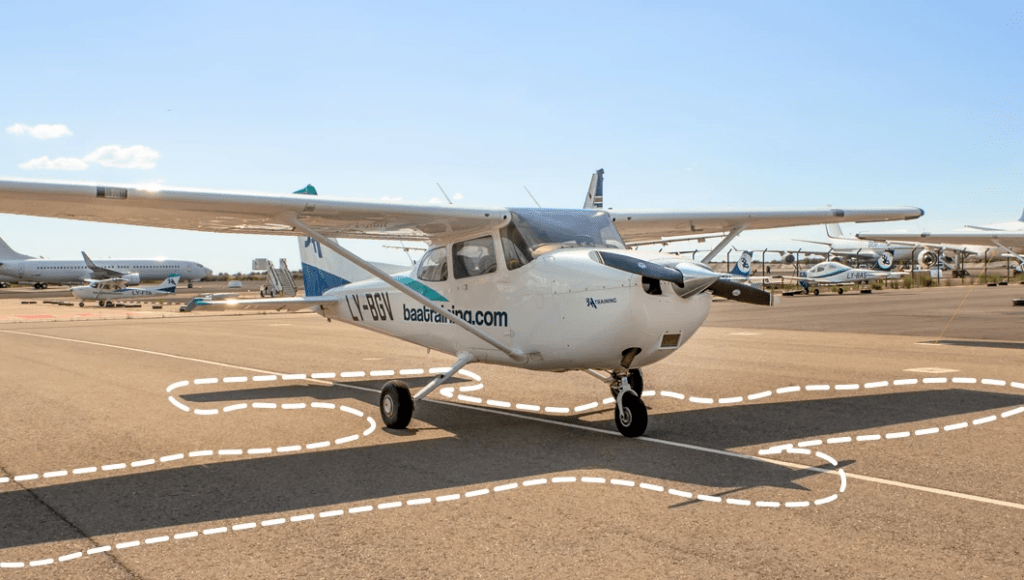
- Wing Leading Edge: Inspect for dents or damage.
- Fuel Tank Vent: Verify it is clear to prevent fuel starvation.
- Aileron and Flap:
- Check for smooth movement and secure hinges.
- Verify that control surfaces are not obstructed or damaged.
- Fuel Cap: Simulate ensuring the cap is secure and fuel is sufficient (using in-sim fuel tools).
5. Tail Section
- Vertical and Horizontal Stabilizers: Ensure they are free of damage.
- Rudder and Elevator: Check for smooth movement and secure hinges.
- Beacon Light: Confirm it is intact (if modeled).
6. Left Wing
- Wing Leading Edge: Inspect for damage.
- Pitot Tube: Check that the pitot tube (used for airspeed readings) is clear. Some simulators simulate pitot tube blockages, which can be disabled for normal operations.
- Aileron and Flap: Inspect as done on the right wing.
- Fuel Cap and Vent: Verify as on the right wing.
7. Landing Gear (Main Wheels)
- Tires: Check for wear, cracks, or deflation.
- Brakes: Confirm functionality (simulated in the cockpit through brake testing).
8. Back to the Cockpit
- Flight Controls: Verify freedom of movement by moving the yoke/stick and rudder pedals in the cockpit.
- Instruments: Power up the avionics (if applicable in your simulator) and confirm they are functioning correctly.
- Latest CPU’s Available Now – Amazon.com
- Get a NEW GPU Best Performance – AMAZON.com
- Upgrade RAM Here today – AMAZON.com
- Prebuilt PC Options – AMAZON.com
Key Points for Simulator Pilots
- Use In-Simulator Features:
- Some flight simulators include interactive pre-flight options, such as checking oil or fuel levels, toggling doors, or testing control surfaces. Use these to enhance your walk-around experience.
- Familiarize Yourself with Systems:
- Treat the walk-around as an opportunity to review the aircraft’s design and functionality, which will improve your confidence during flight.
- Practice Discipline:
- Even though a simulator won’t penalize you for skipping this step, incorporating a walk-around into your routine fosters professionalism and reinforces real-world habits.


Fuel Check
Using the supplied tool push it into the underwing fuel test spot. Allow the fuel to drain and fill the container. Swirl the fuel and if water is present there will be a clear section at the base of the fuel tube. Fuel is lighter than water so fuel will be on top. If the test sample is all fuel then discard into the designated container.
This should be done on every test point. Generally there is one in each wing as well as fuselage tanks or header tanks possibly if installed.
It’s time to be Concise!
Flight simulator pilots with many quality aircraft modules can still be involved doing a physical aspects of a walk-around of their aircraft. Even more realistic in VR if you have it available. Many sim pilots think a walk around doesn’t apply to them but the practice itself builds good habits and aligns your virtual flying with real-world aviation standards.
By understanding the basics of a Cessna 172 walk-around, you gain valuable insight into the aircraft and prepare yourself for realistic and disciplined flight operations.
1. Startup Procedures
Before starting the engine, follow these steps:
Checklist Overview
- Pre-Flight Inspection:
- Complete a virtual walk-around (if supported by your simulator) or verify key systems (fuel quantity, flaps, and control surfaces).
- Enter the Cockpit and Secure the Aircraft:
- Seat belts and harnesses fastened.
- Parking brake set.
- Verify control locks removed.

Engine Start-Up
Using a Cessna 172 as an example:
- Master Switch (Battery): ON.
- Mixture Control: FULL RICH (push in).
- Throttle: Open slightly (~1/4 inch).
- Fuel Pump: ON (if equipped). Prime the engine if required.
- Magnetos: TURN to START.
- Oil Pressure: Check within 30 seconds of startup.
For the Diamond DA-20, follow the same principles but refer to the specific startup checklist for adjustments like fuel pump or mixture settings.
2. Taxi Procedures
Once the engine is running and pre-taxi checks are complete, you can taxi to the runway.
Taxiing in Calm Conditions
- Steering:
- Use the rudder pedals or nosewheel steering to guide the aircraft.
- Apply small throttle inputs to begin rolling; adjust power to maintain 10-15 knots.
- Braking:
- Test brakes early in the taxi to ensure functionality. Use gentle inputs to slow the aircraft without skidding.
Taxiing in Windy Conditions
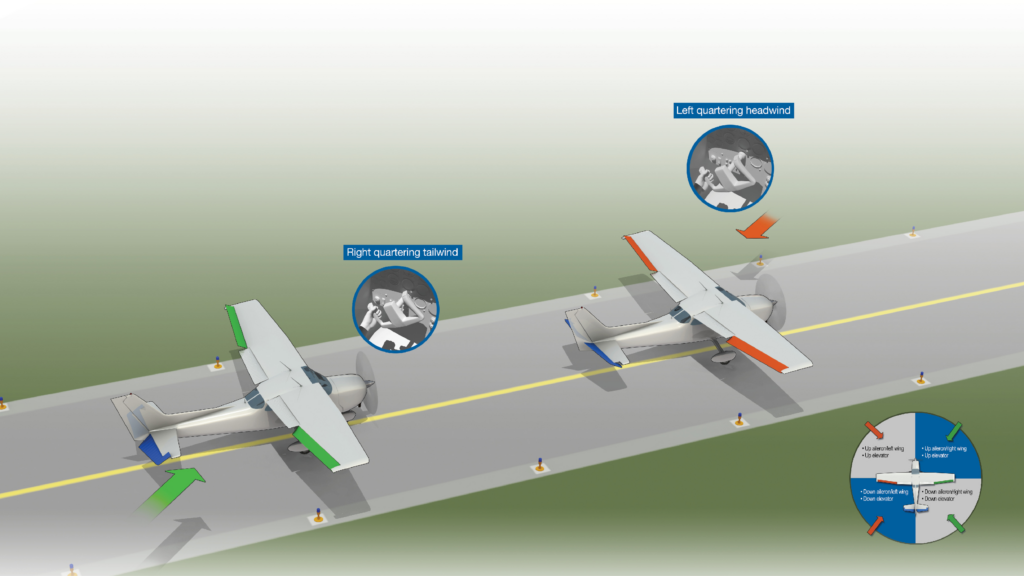
Control inputs vary based on wind direction:
- Headwind:
- Ailerons UP on the side the wind is coming from (e.g., turn the yoke/stick toward the wind).
- Neutral elevator position.
- Tailwind:
- Ailerons DOWN on the side the wind is coming from (turn the yoke/stick away from the wind).
- Elevator DOWN (push forward slightly) to prevent the tail from lifting.
These inputs keep the aircraft stable by counteracting wind forces.
3. Engine Run-Up
Perform a run-up before takeoff to ensure the engine is operating correctly.
Engine Run-Up for a Cessna 172 or Diamond DA-20

- Park the Aircraft:
- Position the aircraft in a designated run-up area facing into the wind.
- Apply the parking brake.
- Throttle to Run-Up RPM:
- Increase throttle to 1700 RPM (for a Cessna 172; refer to your simulator aircraft manual for specifics).
- Magneto Check:
- Switch to the LEFT magneto and note the RPM drop (should not exceed ~150 RPM).
- Switch to the RIGHT magneto and observe a similar drop.
- Return to BOTH.
- Other Checks:
- Verify suction gauge, oil pressure, and temperature are within limits.
- Cycle the propeller (if equipped) and confirm RPM behavior.
- Test carburetor heat (for older models) or ensure alternate air is working.
- Idle Check:
- Reduce throttle to idle and confirm smooth operation before returning to normal power.
4. Getting Clearance to Take Off from ATC

Finding Frequencies
- Charts: Look for ATIS (Automatic Terminal Information Service), Ground, and Tower frequencies on the airport charts (available on tools like SkyVector or Navigraph).
- Simulator ATC: In simulators like MSFS or X-Plane, frequencies are often auto-populated or accessible in the ATC menu.
Communication Example
- Contact Ground Control:
- “Ground, [Aircraft Type and Tail Number], at [Location], request taxi to [Runway Number] for departure.”
- E.g., “Ground, Cessna N12345, at General Aviation parking, request taxi to Runway 27.”
- Contact Tower for Takeoff Clearance:
- Once at the hold short line:
- “Tower, Cessna N12345, holding short of Runway 27, ready for departure.”
Tower will provide clearance and instructions.
5. Takeoff Procedures
Aligning on the Runway

- Line up on the runway centerline, ensuring the aircraft is straight.
- Verify heading matches runway designation and review final pre-takeoff checklist (flaps, lights, and mixture set).
Control Inputs for Takeoff
Flight Simulator Pilots Learning to take off seems easy but have some poor weather as well as uncooperative winds with a low cloud deck then makes it even more a white knuckle ride.
- Throttle Application:
- Smoothly advance the throttle to full power while keeping the nose aligned with the centerline using rudder.
- Rudder Inputs:
- Expect the aircraft to yaw left due to left-turning tendencies (P-factor, torque, spiraling slipstream). Use right rudder to counteract.
- Airspeed Awareness:
- Monitor airspeed and call out “airspeed alive” when the indicator shows movement.
- Rotate at Vr (~55 knots in a Cessna 172).
- Sight Picture:
- Look for the horizon to maintain a slight nose-up pitch (~10 degrees).
- Adjust pitch to maintain the best rate of climb speed (Vy, ~75 knots).
6. Climbing to Pattern Height
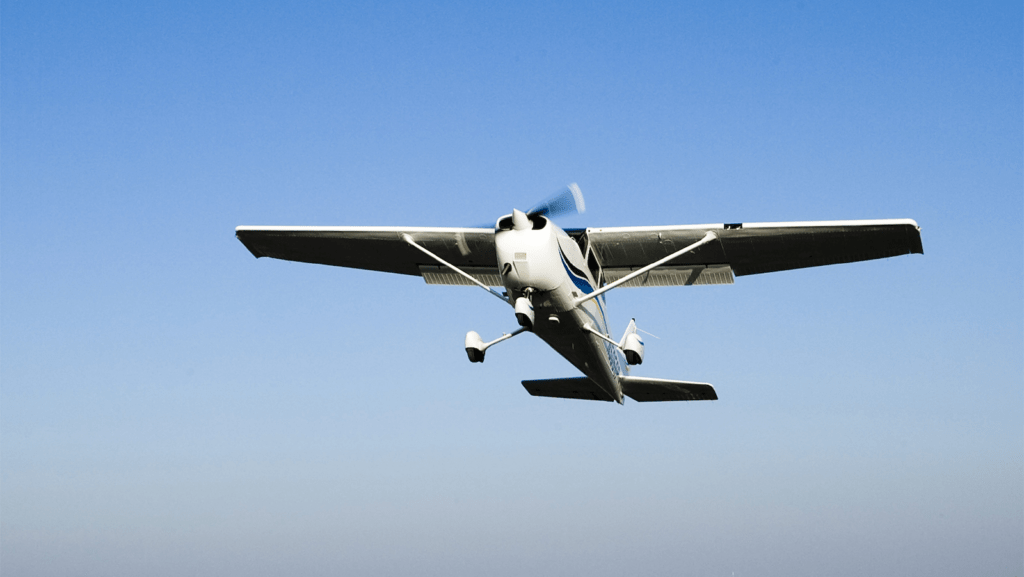
- Establish a Climb:
- Maintain Vy (best rate of climb) until reaching traffic pattern altitude (typically 1000 feet AGL).
- Trim the aircraft to reduce control pressures.
- Maintain Coordination:
- Use the rudder to keep the ball centered on the turn coordinator.
- Avoid skidding or slipping, which can lead to adverse yaw and potential stall-spin scenarios.
- Sight Picture:
- Keep the horizon steady and visible just below the cowling.
- Wind Considerations:
- In crosswinds, adjust your heading to compensate for drift during climb.
- Joystick / HOTAS – AMAZON.com
- Rudder Pedals – AMAZON.com
- Throttle Quadrant – AMAZON.com
- Gaming Chair – AMAZON.com
- VR Headset – AMAZON.com
Tips for Simulator Pilots Flight Simulator Pilots Learning to be Authentic.
- Practice Control Coordination:
- Focus on small rudder adjustments to keep the aircraft straight during takeoff and climb.
- Use visual references like the runway edges and horizon to stay aligned.
- Simulate ATC Interactions:
- Use tools like VATSIM or the in-simulator ATC to mimic real-world communication.
- Replay and Review:
- Record your flights and analyze takeoff and climb performance to identify areas for improvement.
By practicing these procedures, you’ll develop the habits and skills of a real-world pilot, preparing you for more advanced maneuvers and enhancing your flight simulator experience.
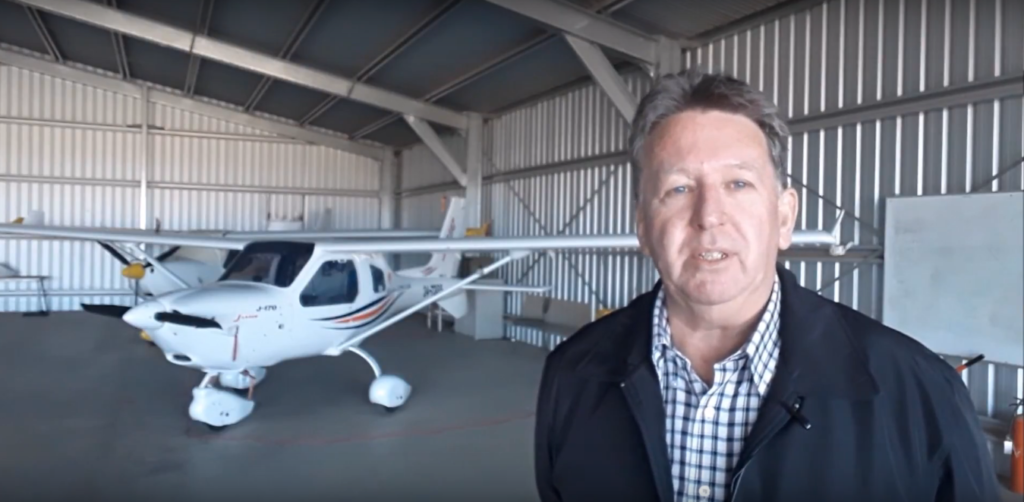
The Next in this series is Pt-5 How to Climb – Climb and Turning.
Author
Brendon McAliece (Aka Gunnie) is a military veteran with 23 years working on Jet Fighters, their weapons systems and ejection seat/module systems as well as munitions and R&D. Involved with flight simulation since the 1980s, he has flown all the major flight simulators over the years.
He is an Australian expat who has lived in Malaysia, UK, Saudi Arabia and more recently Thailand. He is a multi-lingual blogger who loves to share his life experiences here on LetsFlyVFR.com and DreamingGuitar.com, with his lifestyle and Travel experiences Blog plus his Dreaming Coffee website.
Learn More @ DreamingGuitar.com – DreamingCoffee.com – LetsFlyVFR.com
( HOME – BLOG – SHOP – ABOUT )
As an Amazon affiliate I may benefit from qualifying sales.
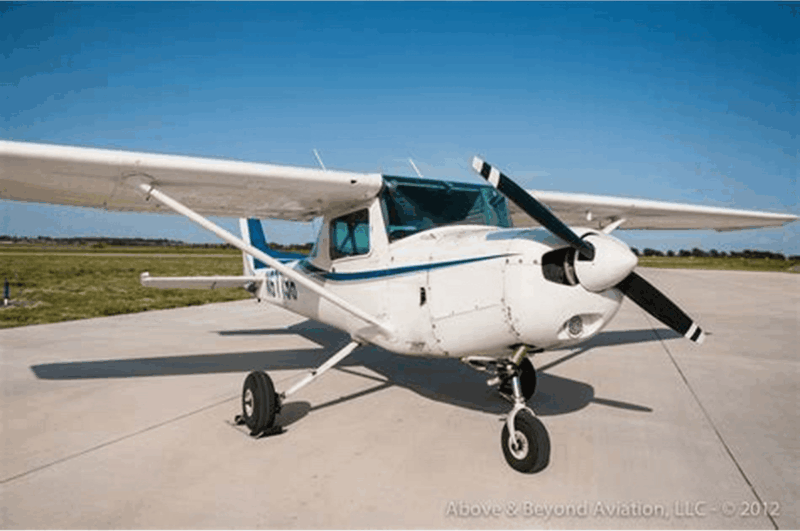
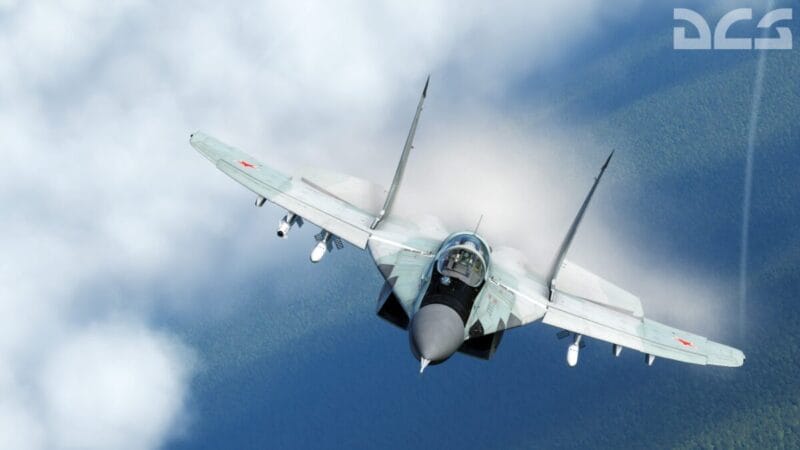
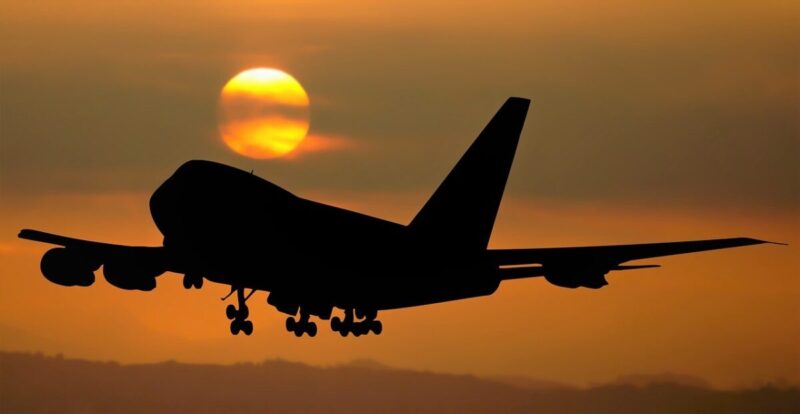
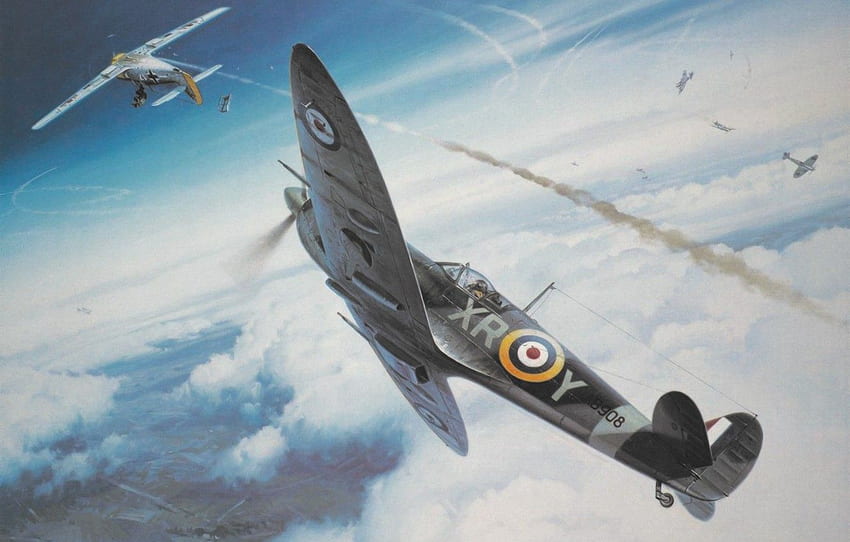


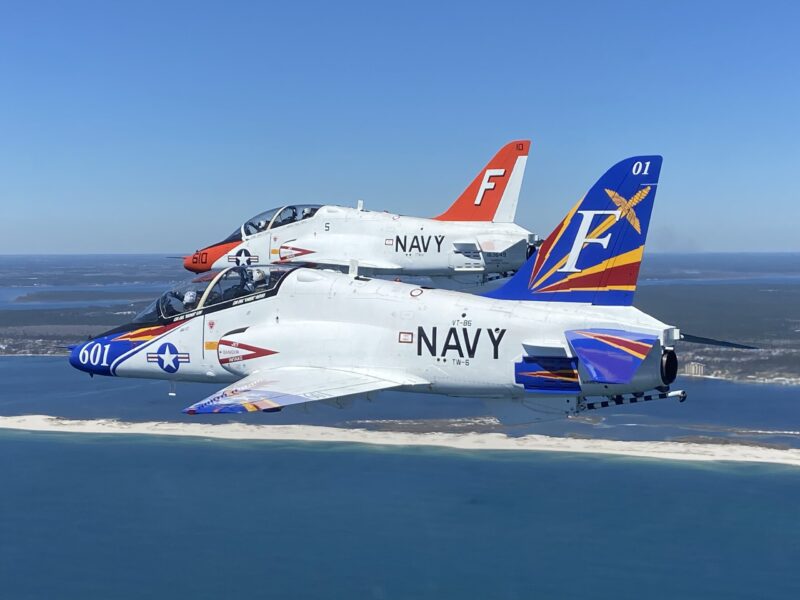



2 responses to “How New Flight Simulator Pilots Learning Real-World Flight Procedures for Startup, Taxi, and Takeoff.”